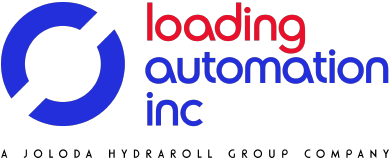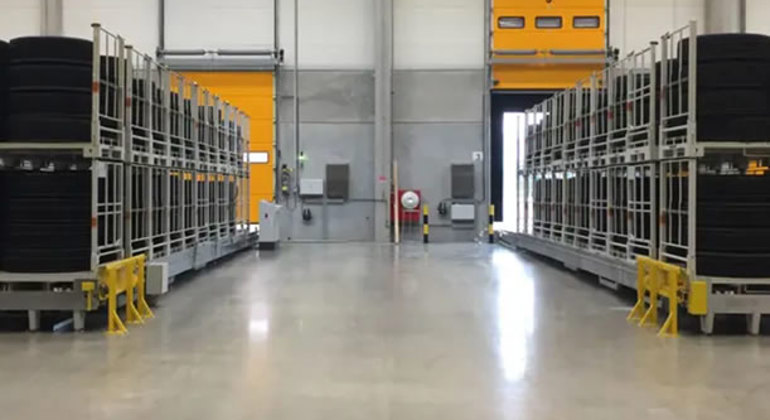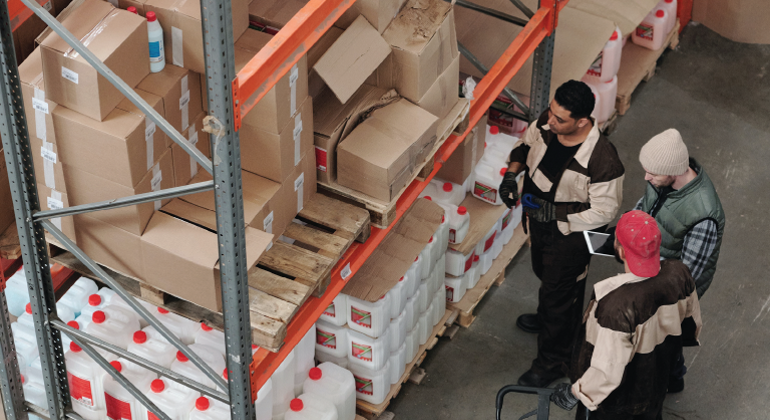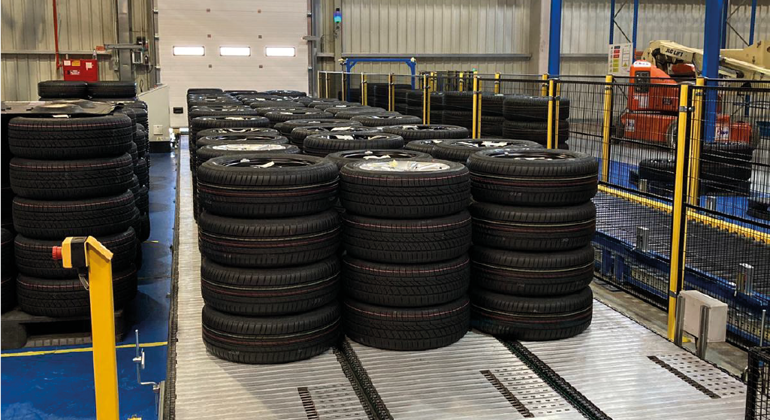Automation plays a big part in the automotive industry and has done so for a long time. Car manufacturers were already using equipment such as sensors and industrial robots to boost their productivity and efficiency long before many other industries began exploring automation as a solution.
When it comes to loading and unloading in the automotive industry, automated loading solutions have a major part to play. Car engines and some of the components that make them up are heavy. Manual lifting can place a real strain on the workers, and when the factory gets forklift trucks involved in the loading process, there’s always a possibility of accidents. Employees must take special precautions.
Below is a look at automation in the car manufacturing industry and how loading solutions can lower risk. We’ll discuss the different types of risk workers in the industry face and ways that implementing automated loading solutions can help them steer clear of injury
Book a FREE Loading Assessment
Learn how to make the loading process safer and more efficient with a no-obligation assessment...
BOOK NOW




